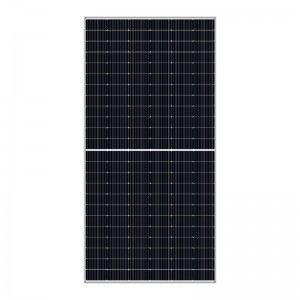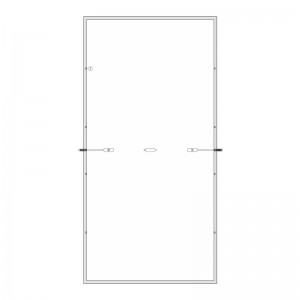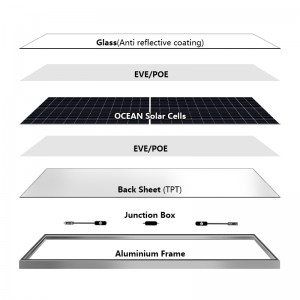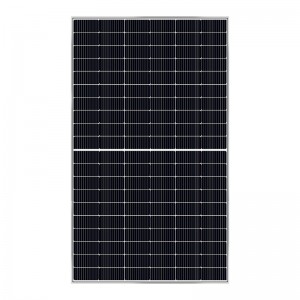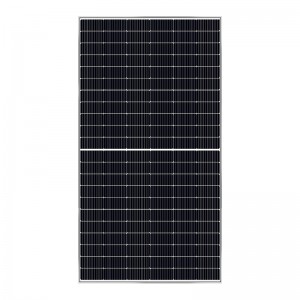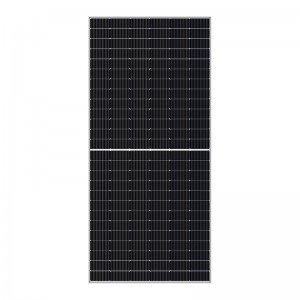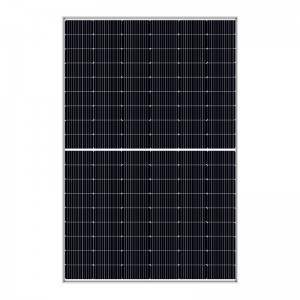M10 MBB ,N-Type TopCon 144 half cells 560W-580W solar module
Ultra-high Power Generation/Ultra-high Efficiency
Enhanced Reliability
Lower LID / LETID
High Compatibility
Optimized Temperature Coefficient
Lower Operating Temperature
Optimized Degradation
Outstanding Low Light Performance
Exceptional PID Resistance
| Cell | Mono 182*91mm |
| No. of cells | 144(6×24) |
| Rated Maximum Power(Pmax) | 560W-580W |
| Maximum Efficiency | 21.7%-22.5% |
| Junction Box | IP68,3 diodes |
| Maximum System Voltage | 1000V/1500V DC |
| Operating Temperature | -40℃~+85℃ |
| Connectors | MC4 |
| Dimension | 2278*1134*35mm |
| No.of one 20GP container | 280PCS |
| No.of one 40HQ container | 620PCS |
12-year warranty for materials and processing;
30-year warranty for extra linear power output.

* Advanced automated production lines and first-class brand raw material suppliers ensure that solar panels are more reliable.
* All series of solar panels have passed TUV, CE, CQC, ISO,UNI9177- Fire Class 1 quality certification.
* Advanced Half-cells, MBB and PERC solar cell technology, higher solar panel efficiency and economic benefits.
* Grade A quality, more favorable price, 30 years longer service life.
Widely used in residential PV system, commercial & industrial PV system, utility-scale PV system, solar energy storage system, solar water pump, home solar system, solar monitoring, solar street lights, etc.
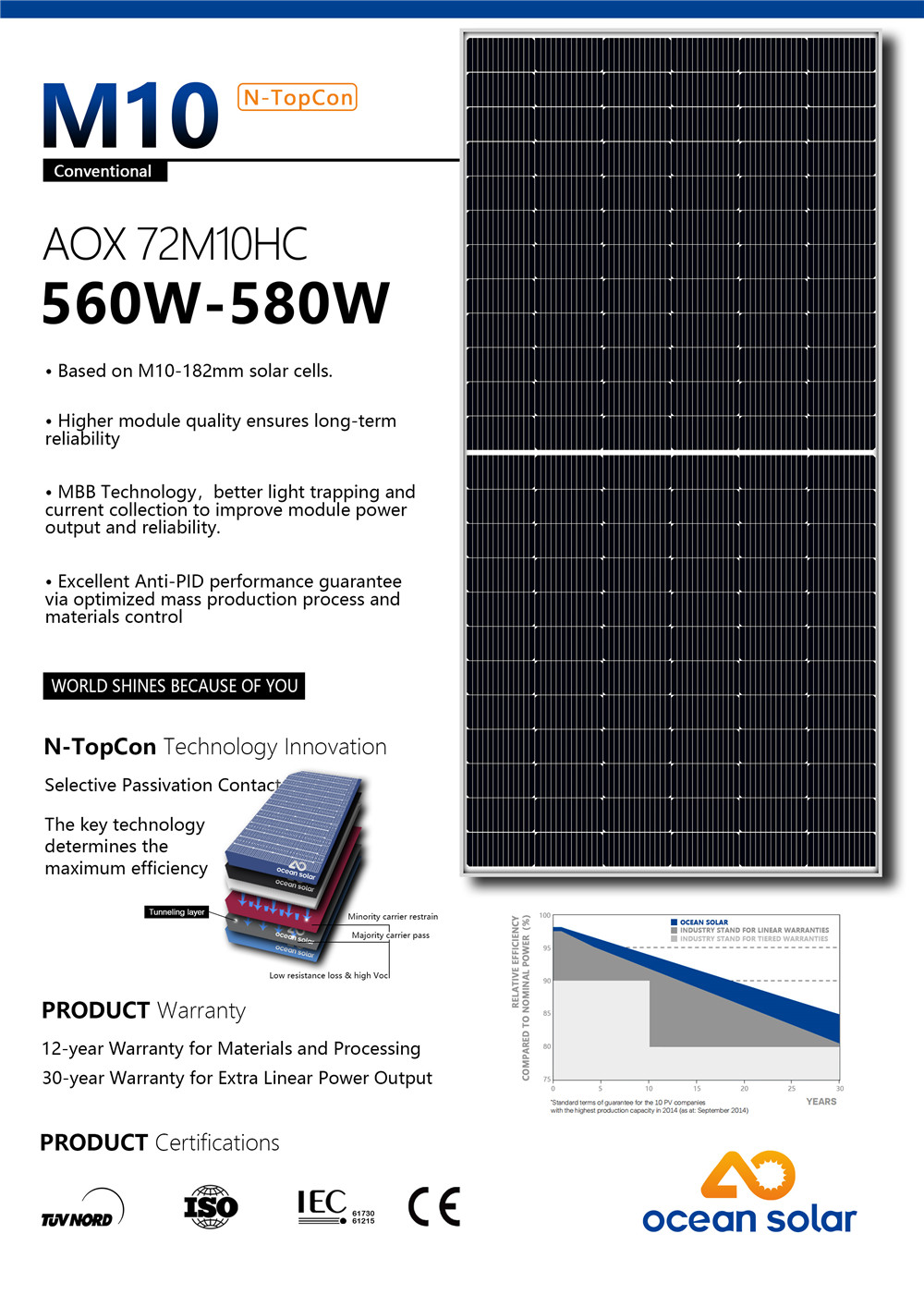
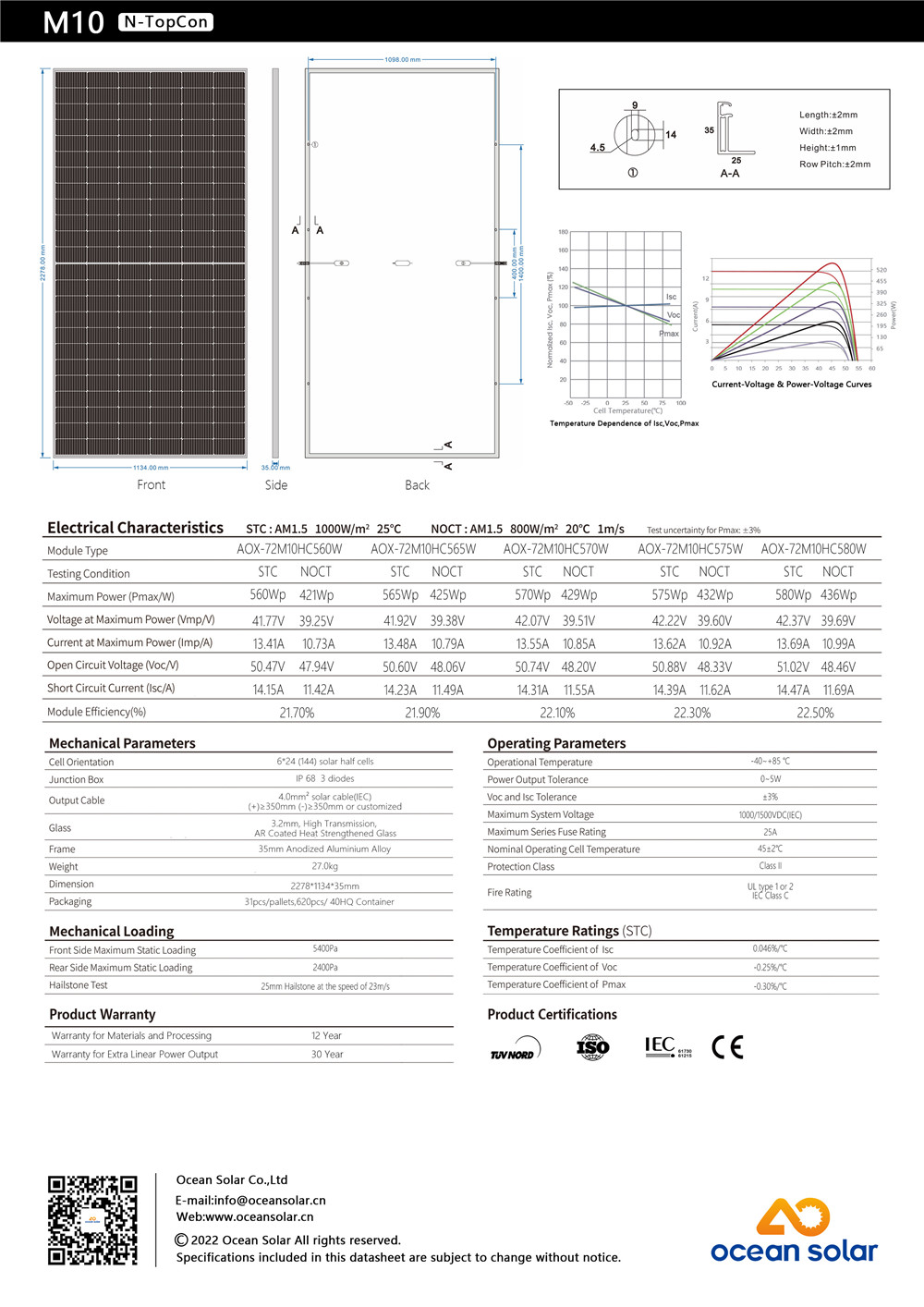
N-type and PERC (passivated emitter and rear cell) are two different types of solar cell technologies.
N-type solar cells are made using silicon wafers to which atoms of phosphorus or arsenic have been added to form a negatively charged layer on top of the wafer and a positively charged layer on the bottom of the wafer. These layers create an electric field that helps improve the efficiency of the solar cell. N-type solar cells are highly efficient and can generate large amounts of electricity, but they are more expensive to produce than other types of solar cells.
PERC solar cells, on the other hand, are improved versions of standard crystalline silicon solar cells. In PERC solar cells, a layer of passivation material is added to the back of the solar cell to reduce the number of electrons lost to reflection or recombination. This layer helps increase the efficiency of solar cells, making them a more efficient form of renewable energy. PERC solar cells are highly efficient and are becoming increasingly popular due to their ability to operate in a variety of conditions, including low light and high temperatures.
One of the main advantages of PERC solar cells is their ability to absorb a wider range of light wavelengths than conventional solar cells, which allows them to generate more electricity from the same amount of sunlight. They also have a low electron recombination rate, which means they waste less energy than other types of solar cells.
Overall, both N-type and PERC solar cells are efficient and effective solar technologies. Although N-type cells are slightly more expensive to produce, they are also very efficient at generating electricity. PERC cells are an ever-improving technology that is becoming more popular as companies look for ways to reduce costs and increase the efficiency of renewable energy systems.


